May 19, 2020
People working from home have the same legal protections as they do in offices
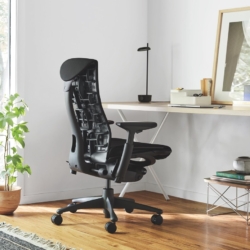 Even as the COVID-19 lockdown eases, it is predicted that many people will continue to work remotely for the foreseeable future. Government advice remains that those who can work from home should do so. This throws up a key question for employers both in the current circumstances and going forward. Namely, what are employers’ ongoing legal obligations for the health and safety of homeworkers? Put simply, as an employer, you have the same legal duty of care for the health, safety and wellbeing of employees working from home as you do for those based in your office. So it’s worthwhile knowing what that means. (more…)
Even as the COVID-19 lockdown eases, it is predicted that many people will continue to work remotely for the foreseeable future. Government advice remains that those who can work from home should do so. This throws up a key question for employers both in the current circumstances and going forward. Namely, what are employers’ ongoing legal obligations for the health and safety of homeworkers? Put simply, as an employer, you have the same legal duty of care for the health, safety and wellbeing of employees working from home as you do for those based in your office. So it’s worthwhile knowing what that means. (more…)





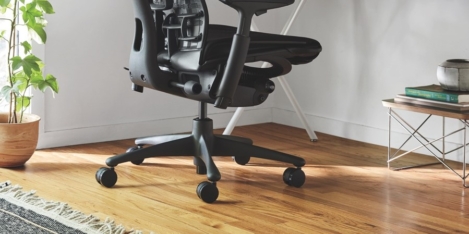
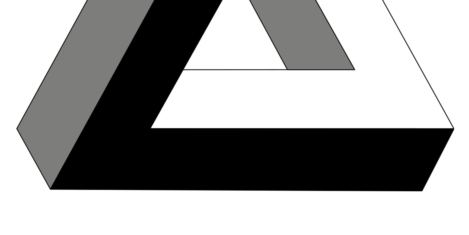

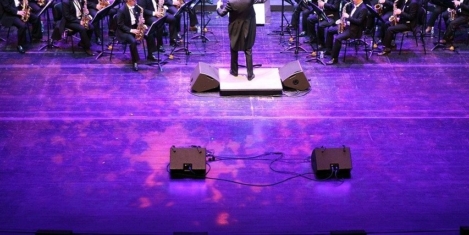



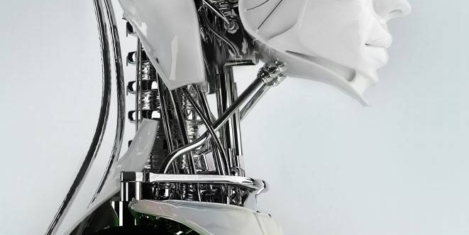
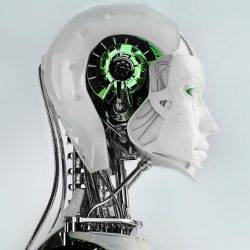


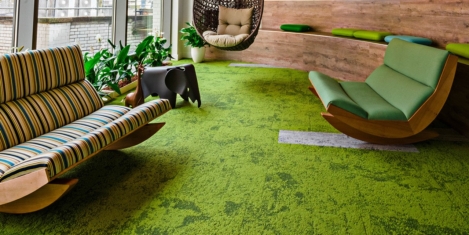
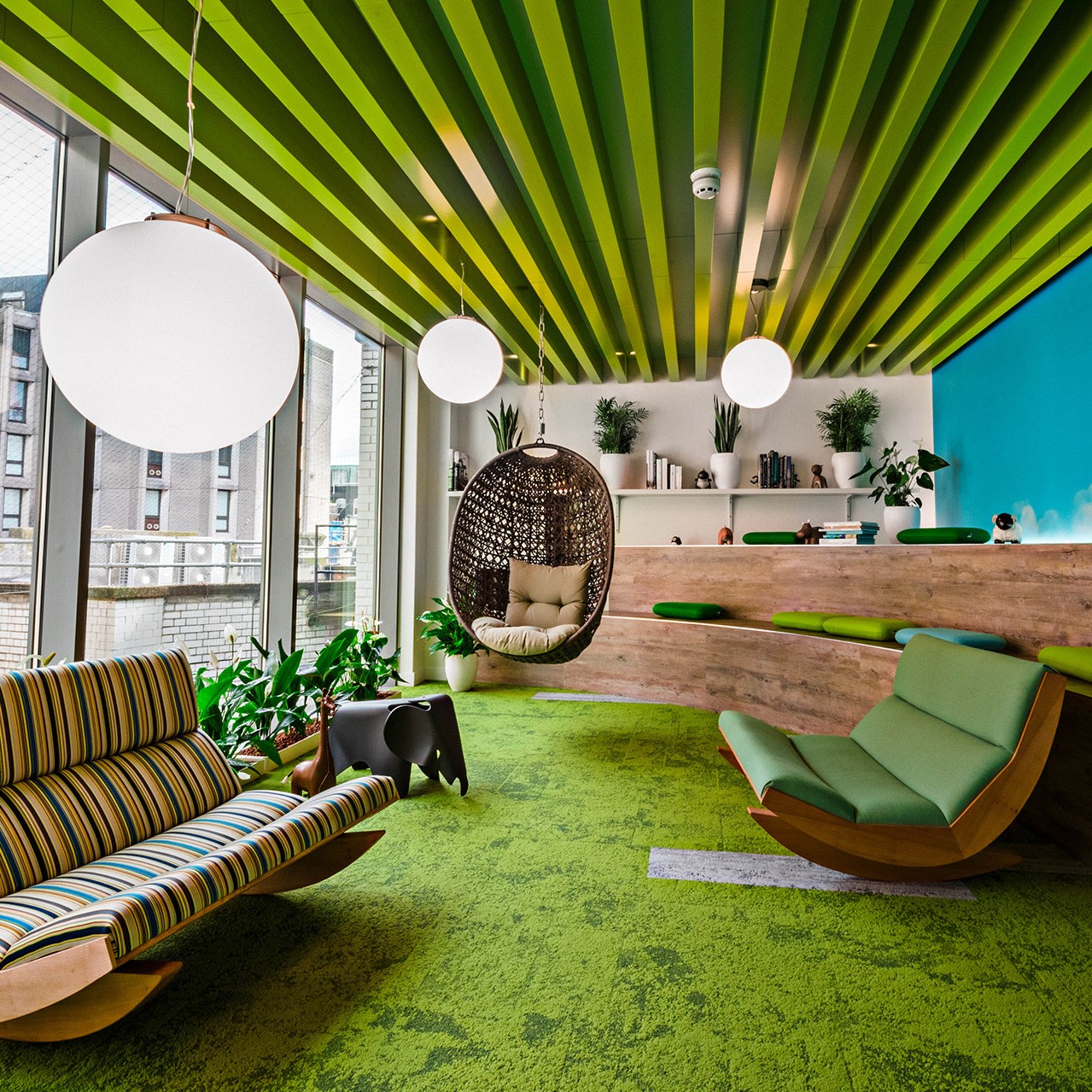
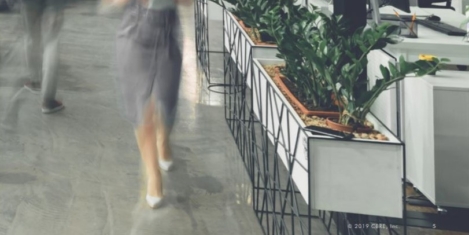

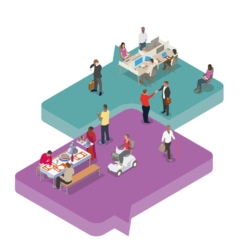
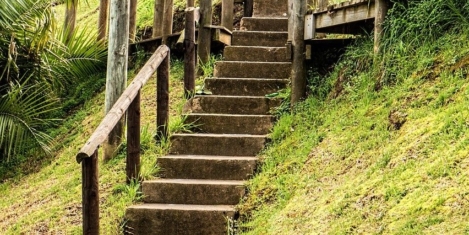

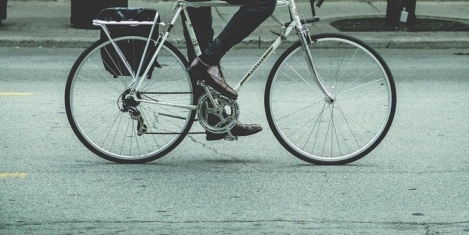










May 22, 2020
Doing the homework on home-work
by Tim Oldman • Comment, Flexible working